[/caption]
Greetings, fellow Stargazers! Were you up early this morning? If so, you were greeted by an awesome scene, much like this one captured by Danilo Pivato. There’s nothing more eyecatching the a close appearance of Venus and the Moon! With dark skies this weekend, it will be a good opportunity to broaden your astronomical horizons by chasing lesser known objects in both binoculars and telescopes. Of course there are challenges, too! Whenever you’re ready, I’ll see you in the back yard….
Friday, October 16 – Celestial scenery alert! Be up and outside this morning before dawn. The incredible duo of Venus and Saturn will be joined by the Moon! In 1982, the 30th return of Halley’s Comet was observed with the 5-meter (20000) Hale Telescope at the Mount Palomar Observatory. The comet was beyond the orbit of Saturn!
Tonight let’s head toward the region of Cas A and see what we can find. Although Cas A is itself not visible in amateur equipment, it is known to be associated with a 10,000-light-year-distant supernova remnant related to an unnoticed event occurring more than 300 years ago. The remnant itself has now expanded to a region filling some 10 light-years of space and has been imaged using orbiting X-ray observatories.
The closest deep-sky study to Cas A is the dense and compact open cluster NGC 7510 (RA 23 11 00 Dec +60 34 00). This diminutive, magnitude 7.9 study can just be glimpsed as a hazy patch in large binoculars and small scopes, with a few of its brightest 10th magnitude members resolvable at higher magnifications. Doubling the aperture brings out a dozen or so of NGC 7510’s 12th magnitude stars against the teeming glow of numerous fainter members. Double the aperture again, and 60 stars to magnitude 14 are possible. Many amateurs have discovered that the combination of a small rich field refractor, a 600 apochromatic refractor, and a 1200 Newtonian makes for the ultimate in observing equipment. But don’t forget those binoculars!
Saturday, October 17 – Today we mark the birth of Dr. Mae C. Jemison, the first black woman to go into space! Tonight let’s revisit M39 and use it as our touchstone to seek out other deep-sky gems. Starting with M39, head less than two finger-widths east-southeast (RA 21 53 32 Dec +47 16 06) to a 7.2 magnitude open cluster, one associated with the 12th magnitude ‘‘Cocoon Nebula.’’
Collectively known as IC 5146, this cluster with nebulosity consists largely of 12th magnitude stars and is just about mid-sized. Barely detectable in a small scope, this 4,000-light-year-distant cluster needs aperture to come out and play. Large scopes may make seeing the nebula possible, although an appropriate filter may be necessary from most observing sites. To assist in finding the Cocoon, look for the stream of the dark obscuration nebula B168 touching its eastern frontier.
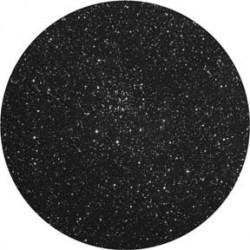 Returning again to M39, head two finger-widths southwest in the direction of Deneb to seek 6.8 magnitude IC 1369 (RA 21 12 06 Dec +47 44 00). Mid-sized instruments will show a dozen or so 12th and 13th magnitude members within a misty haze of those waiting to be resolved. Also known as alternative catalog study Pechue (AN 3259), IC 1369 has been studied for luminosity features.
Returning again to M39, head two finger-widths southwest in the direction of Deneb to seek 6.8 magnitude IC 1369 (RA 21 12 06 Dec +47 44 00). Mid-sized instruments will show a dozen or so 12th and 13th magnitude members within a misty haze of those waiting to be resolved. Also known as alternative catalog study Pechue (AN 3259), IC 1369 has been studied for luminosity features.
Sunday, October 18, 2009 – Tonight it’s a New Moon! Time to break out the muscle and challenge big telescope users to hone their skills. It’s galaxy-hunting time, and our destination for tonight is the Hickson Compact Group 87 (RA 20 48 11 Dec -19 50 24).
Several billion years ago, on the ecliptic plane about 4 degrees west/southwest of Theta Capricorni, and around 400 million light-years from our Solar System, a galactic association decided to form its own ‘‘Local Group.’’ Orbiting around a common center every 100 million years, their mutual gravity is pulling each of them apart, creating starbursts and feeding their active galactic nuclei. Small wonder they’re shredding each other. They’re only 170,000 light-years apart! One day HCG 87 may even form a single elliptical galaxy bright enough for the average telescope to see, but as they are now, this group isn’t going to be seen with anything less than 20 inch aperture.
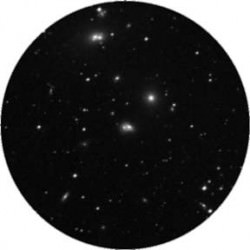 So, shall we try something a little more within the realm of reality? Then go ahead and drop about 8 degrees south of Theta, and try picking up on the NGC7016/17/18 group (RA 21 07 20 Dec -25 29 15). Are they faint? Of course! It wouldn’t be a challenge if they were easy, would it? With an average magnitude of 14, this tight trio known as Leavenworth 1 is around 600 million light-years away. They’re very small and not very easy to locate, but for those who like something a bit different, give it a try!
So, shall we try something a little more within the realm of reality? Then go ahead and drop about 8 degrees south of Theta, and try picking up on the NGC7016/17/18 group (RA 21 07 20 Dec -25 29 15). Are they faint? Of course! It wouldn’t be a challenge if they were easy, would it? With an average magnitude of 14, this tight trio known as Leavenworth 1 is around 600 million light-years away. They’re very small and not very easy to locate, but for those who like something a bit different, give it a try!
Until next week? Dreams really do come true when you keep on reaching for the stars!
This week’s awesome images are (in order of appearance): The Moon and Venus: Courtesy of Danilo Pivato of Northern Galactic, NGC 7510, IC 5146, IC 1369, Hickson Compact Group 87 and NGC 7016/17/18 (credit—Palomar Observatory, courtesy of Caltech). We thank you so much!

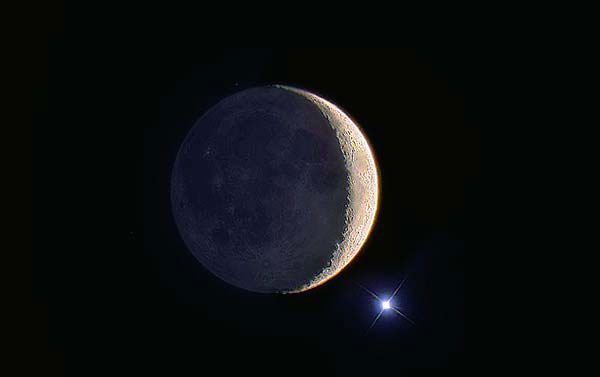
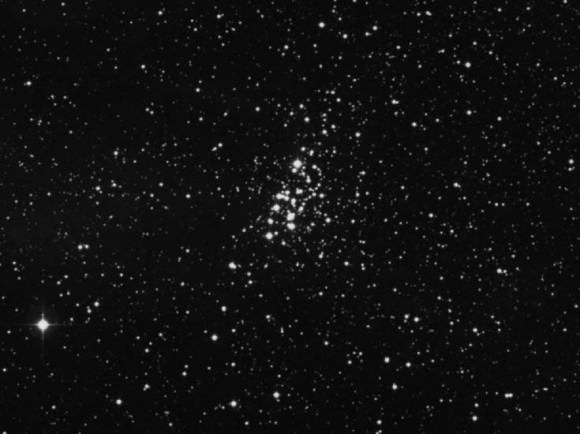
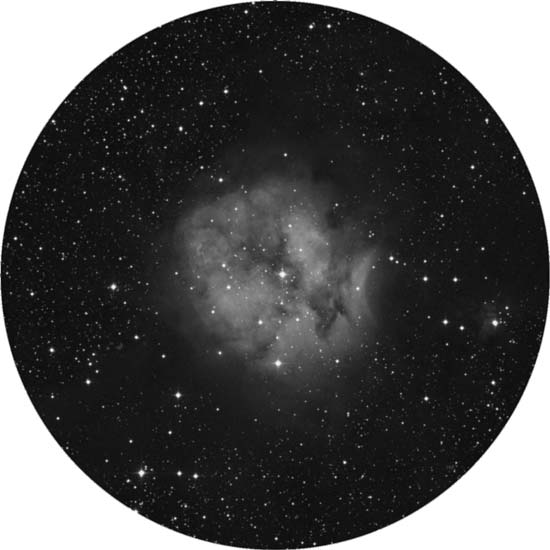
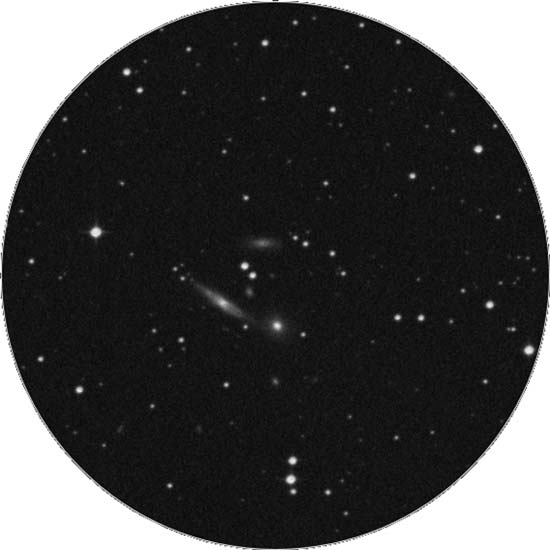
Tammy, thanks for including Hickson Compact Group 87 (HCG 87) as this weekends deep-sky challenge. Compact galaxy groups like this one have always interested me. A 1999 release of HST images of HCG 87 can be found here: http://hubblesite.org/newscenter/archive/releases/1999/1999/31/image/a/ . Now if I can just locate a 20 inch Dob……..
😀